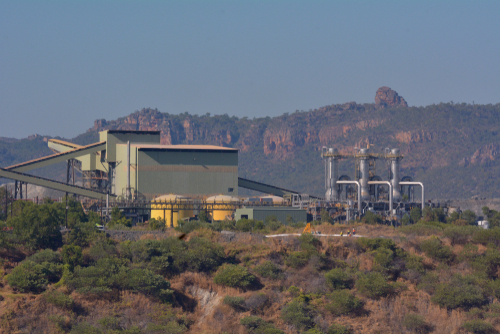IAEA reports slowed uranium production, exploration could affect supply availability

Due to the COVID-19 pandemic and other factors, there have been reductions in uranium production and exploration, affecting available supplies, according to a new report by the International Atomic Energy Agency (IAEA).
In its latest edition of Uranium – Resources, Production and Demand, produced by the Nuclear Energy Agency (NEA) and the International Atomic Energy Agency (IAEA), officials said timely investment in innovative mining and processing techniques would help assure that uranium resources are brought to market when they are needed.
The 2020 edition, also known as the Red Book, said global uranium resources increased by just 1% in the most recent year — a lower rate of increase than in previous years. Worldwide domestic exploration and mine development expenditures decreased to approximately $500 million in 2018, a significant drop from $2 billion in 2014. This trend is not expected to result in shortfalls but could signal longer-term market issues.
Further, global uranium mine production decreased by 10.8 percent from 2017 to 2018 due to production cuts resulting from poor market conditions. It increased slightly, by 1 percent, in 2019. However, planned uranium production cuts in early 2020 were deepened by the onset of the COVID-19 pandemic, and its effects could be felt through 2021 and beyond, IAEA officials said. They point out that some uranium producers reduced activities at some facilities, while others opted to close operations until market conditions have improved.
These temporarily closed operations’ annual production capacity is examined in the 2020 edition of the Red Book. The report stated that annual production capacity could increase relatively quickly by bringing these idled mines back into service once market conditions improve.
The Red Book also provides projections for nuclear power generation uranium requirements through 2040. It also assesses uranium supply and demand. While nuclear capacity projections vary from region to region, growth in the nuclear sector and uranium requirements are projected to be the largest in the East Asia region. Given these projections, the uranium resource base is more than adequate to meet low and high case uranium demand through 2040 and beyond. However, meeting high case demand requirements through 2040 would consume about 28 percent of the total 2019 identified resource base and 87 percent of identified resources. It concludes that strong market conditions will help achieve the required industry investment to develop and deploy new technologies.
